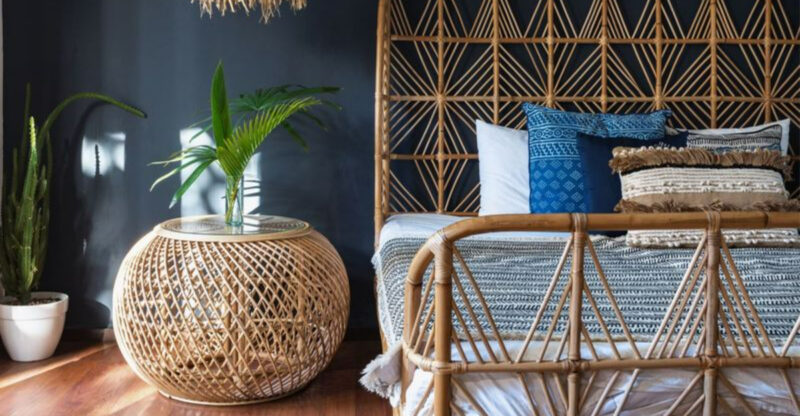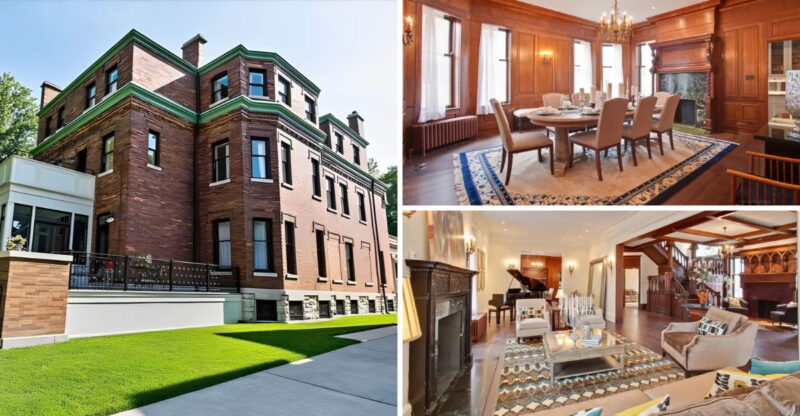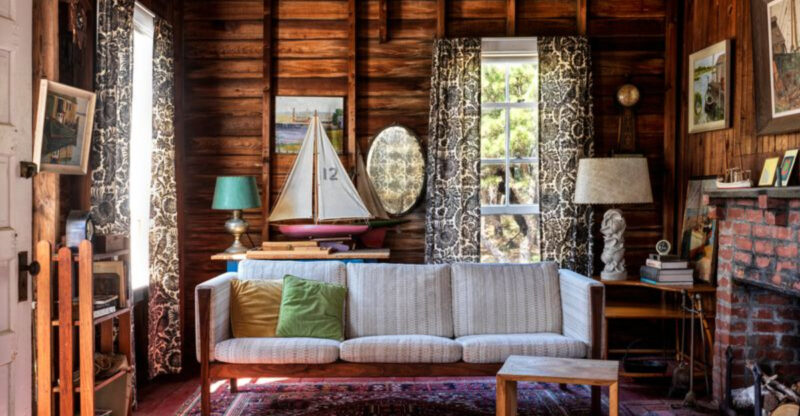Wander Through Singer Castle On The St Lawrence River In New York
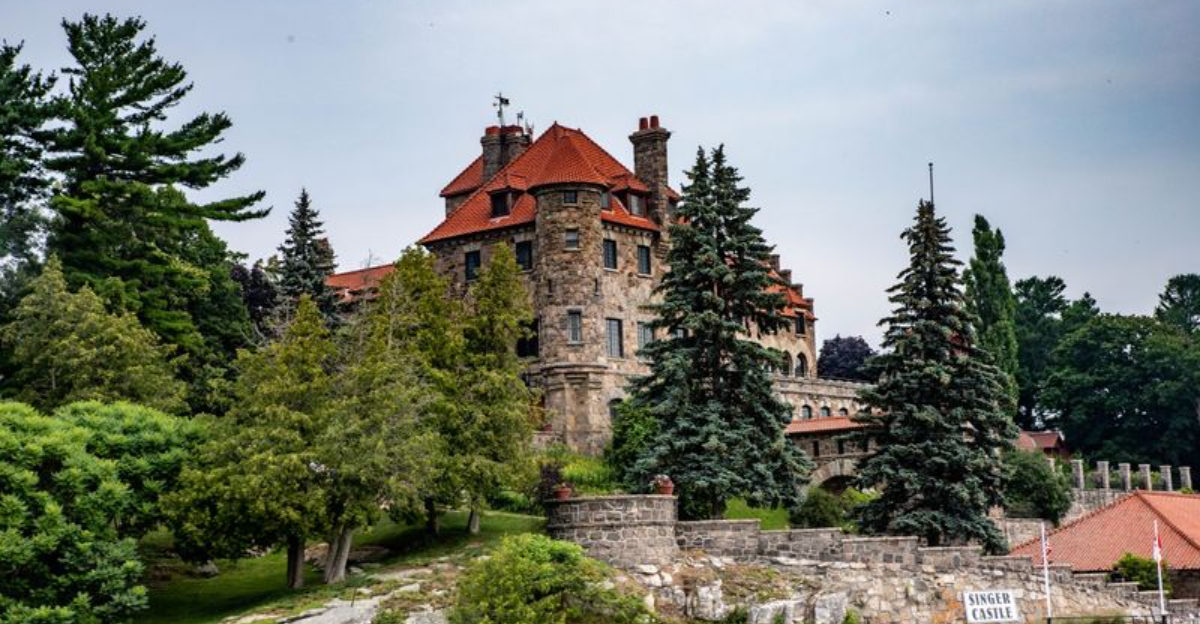
Stone walls rise sharply from the river’s edge, crowned with turrets that pierce the mist like something torn from a medieval tale. Tucked away on a secluded island, this fortress doesn’t whisper its secrets – it guards them in silence.
Singer Castle is engineered for intrigue.
Behind the carved wood and leaded glass lie trapdoors, concealed corridors, and views that stretch beyond the horizon. Every step feels like trespassing into someone else’s legend
1. Royal Island History

Originally named Dark Island, this rocky outcrop became the site of Frederick Bourne’s dream fortress in 1905. The wealthy businessman purchased the entire island specifically for his summer home.
Construction took over three years, with materials shipped by boat. Local craftsmen worked alongside imported stonemasons to create the magnificent structure that stands today.
2. Drawing Room And Formal Reception Area

Elegant furnishings from the early 1900s grace this sophisticated gathering space where the Bourne family entertained distinguished guests. Plush velvet chairs surround a massive stone fireplace that dominates one wall.
Enormous windows frame spectacular river views, filling the room with natural light. Original oil paintings hang on wood-paneled walls, showcasing the family’s appreciation for fine art.
3. Library And Secret Passage Entrance
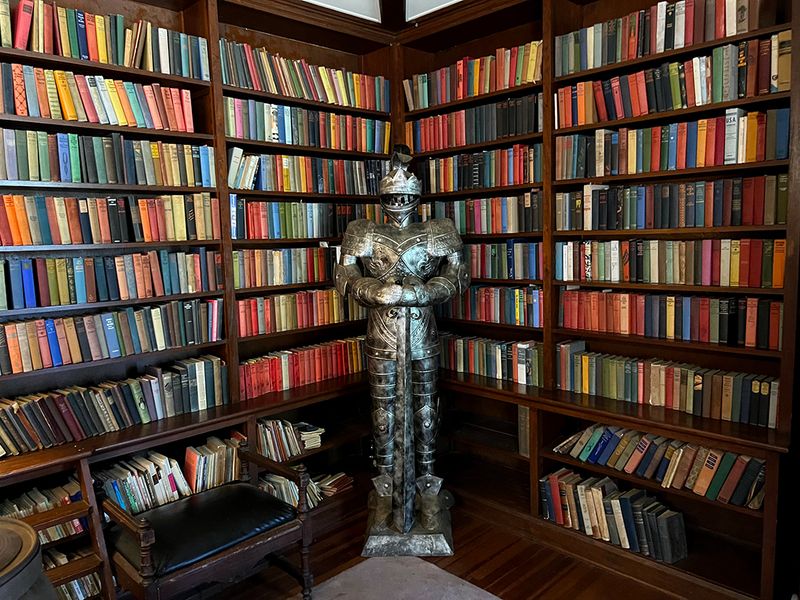
Thousands of leather-bound volumes line the walls of this cozy retreat where Frederick Bourne would smoke cigars and discuss business. Behind one particular bookshelf hides a secret door activated by pulling a specific book.
The passage leads to observation points throughout the castle. Mr. Bourne could secretly monitor conversations in other rooms, ensuring he always knew what guests and staff were discussing.
4. Dining Room And Butler’s Access Panel
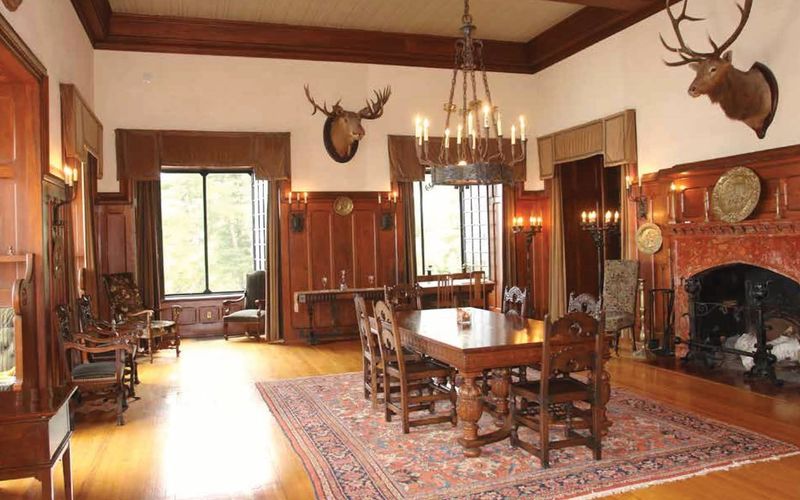
Exquisite mahogany furniture fills this formal eating space where up to twenty guests could enjoy elaborate multi-course meals. A massive chandelier hangs from the ceiling, casting warm light over the long table.
Look closely at one wall panel to spot the discreet butler’s door. This clever design allowed servants to enter and exit without disrupting conversations, maintaining the illusion that meals appeared magically.
5. Breakfast Room With River Views

Morning sunshine streams through large bay windows in this charming casual dining space. The Bourne family gathered here daily for less formal meals while enjoying panoramic views of passing ships.
Unlike the formal dining room, this space feels intimate and cozy. Wicker furniture and floral patterns create a relaxed atmosphere where family members could start their day watching the river come alive.
6. Main Kitchen And Service Hallways
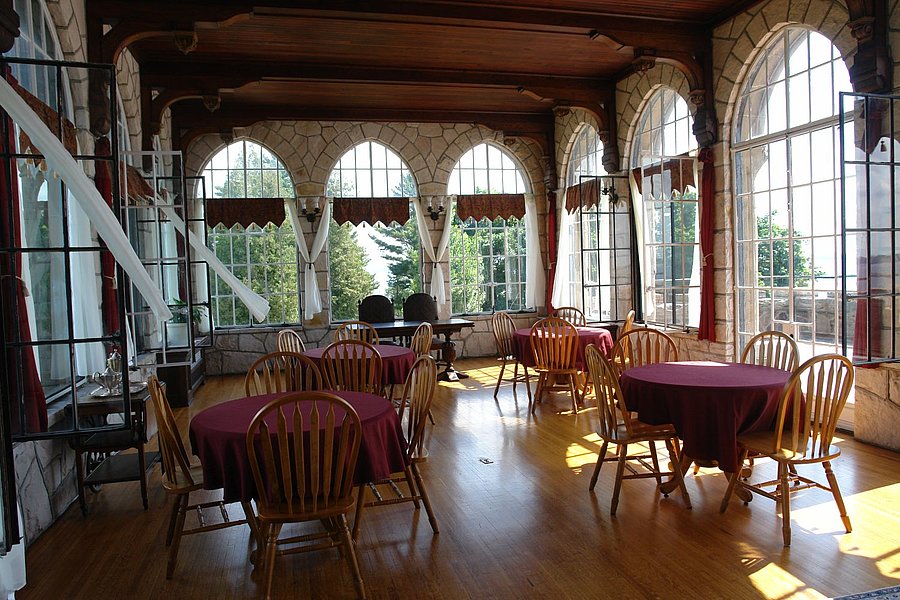
Copper pots hang from ceiling racks in this surprisingly modern kitchen for its era. The massive cast iron stove could prepare meals for dozens of guests simultaneously.
Narrow service corridors connect the kitchen to various parts of the castle. These passages allowed staff to move efficiently throughout the property without being seen by the family or their distinguished visitors.
7. Master Bedroom Suite
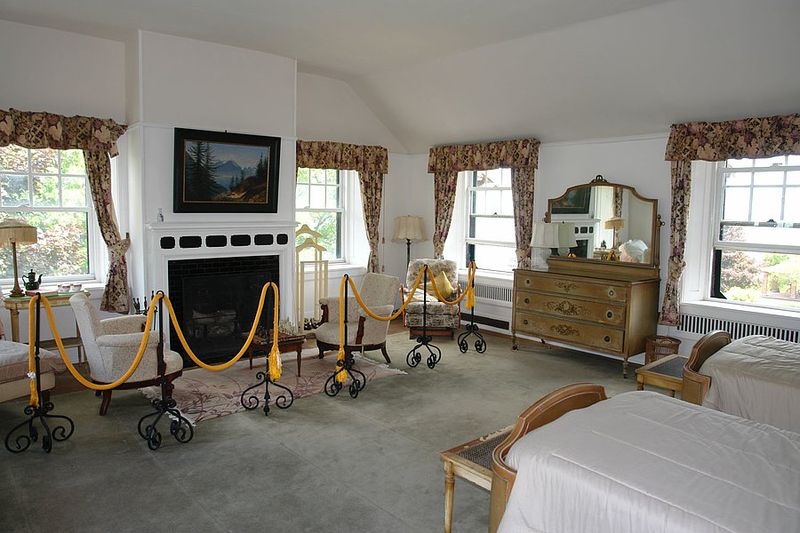
Frederick Bourne’s personal chambers feature a massive four-poster bed and hand-carved furniture imported from Europe. The room’s position offers commanding views of the river from three sides.
A private bathroom – rare luxury for the era – includes a marble bathtub and brass fixtures. Personal photographs and mementos showcase the castle owner’s family connections and business achievements throughout this intimate space.
8. Guest Bedrooms And Private Bathrooms
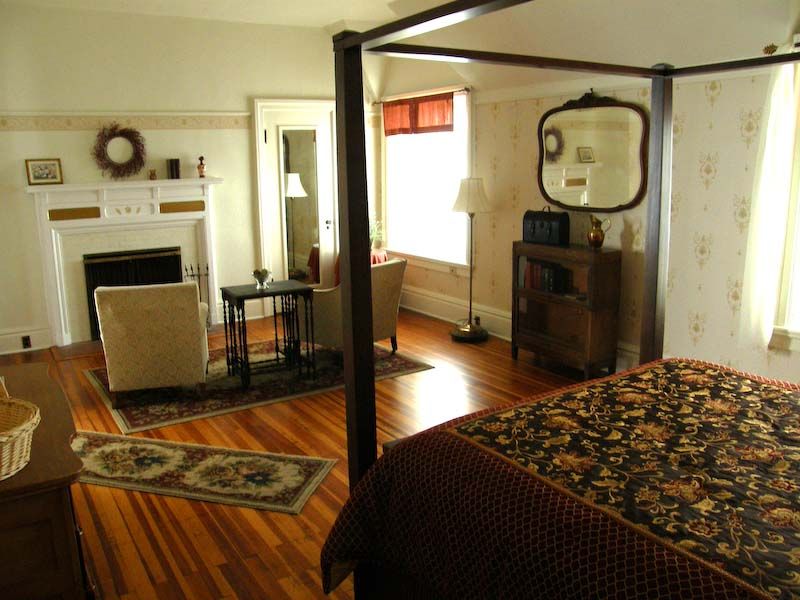
Visiting dignitaries enjoyed exceptional comfort in these well-appointed rooms named after different countries. Each space features unique decor reflecting its namesake nation, from French provincial to English Tudor styles.
Modern amenities for the early 1900s included private bathrooms with running water. Monogrammed linens and personal writing desks ensured guests experienced the height of Gilded Age luxury during their stay.
9. Secret Staircases And Hidden Doors
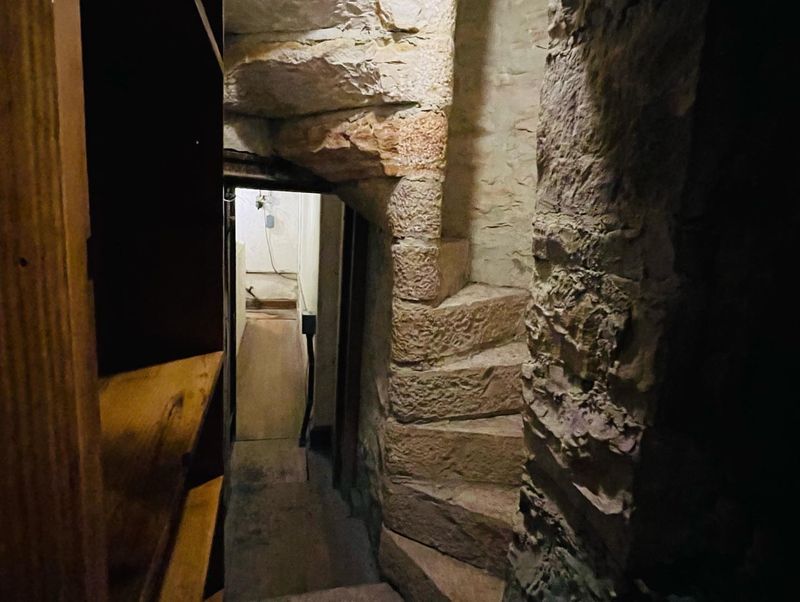
Throughout the castle, concealed passageways create an intricate network invisible to casual visitors. Some doorways disguise themselves as bookshelves, while others hide behind tapestries or wooden panels.
Frederick Bourne used these secret routes to monitor conversations. Small peepholes and listening tubes allowed him to observe guests and staff without their knowledge – a feature inspired by European castles he admired.
10. Dungeon And Storage Tunnels
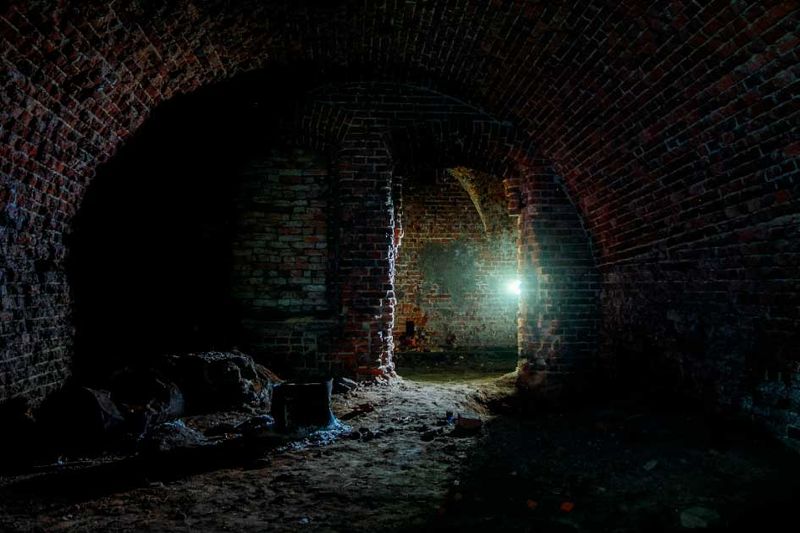
Beneath the main floors lies a network of stone chambers reminiscent of medieval dungeons. Iron gates and torch holders create an atmospheric underground space that served practical storage purposes.
During Prohibition, these chambers reportedly stored contraband alcohol. The tunnels provided discreet access to the waterfront, allowing boats to deliver supplies directly to the castle without public observation.
11. Clock Tower And Bell Mechanism

Rising prominently above the castle’s silhouette, the clock tower houses an impressive mechanical system that still functions today. Each hour, bells ring out across the water, audible to neighboring islands.
Climbing the narrow spiral staircase reveals the intricate gears and weights powering this timepiece. Originally wound by hand weekly, the mechanism required regular maintenance by specialized staff to maintain accurate timekeeping.
12. Gardens And Sculpted Grounds

Formal gardens surround the castle, featuring geometric patterns and imported plants arranged in Victorian style. Stone pathways wind between carefully manicured hedges and seasonal flower displays.
Frederick Bourne employed full-time gardeners to maintain the elaborate landscaping. Native trees were selectively preserved during construction, creating natural windbreaks while framing spectacular views of the river from strategic points around the property.
13. Boat House And Waterfront Access
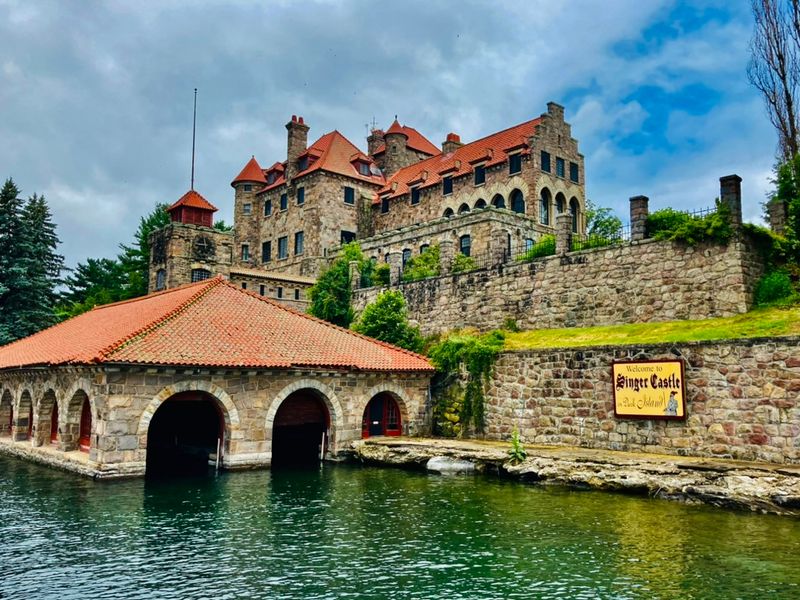
Down at the water’s edge stands a charming wooden structure where the Bourne family stored their collection of boats. Multiple slips accommodated everything from rowboats to Frederick’s prized yacht.
Stone steps lead from the castle down to this private harbor. Guests often arrived by water rather than land, making a grand entrance as they approached the imposing castle rising from the island’s rocky shore.
14. Turrets And Rooftop Lookouts
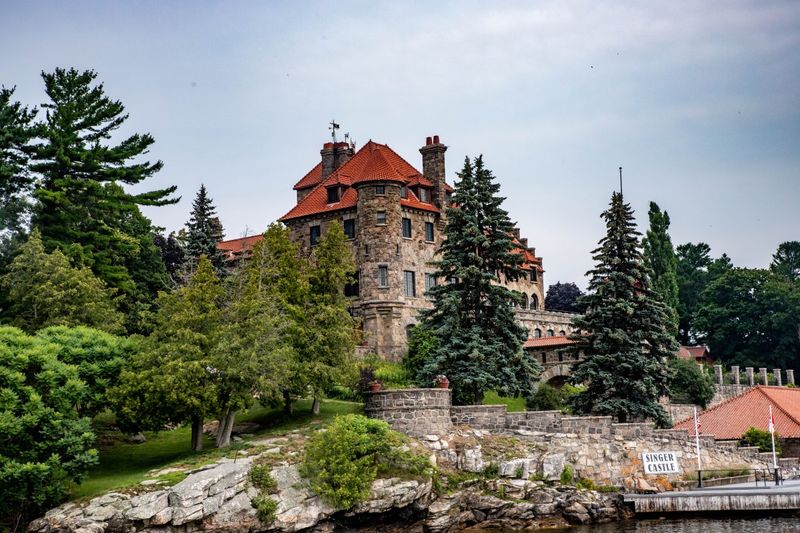
Distinctive stone turrets crown the castle’s corners, offering spectacular 360-degree views of the St. Lawrence River. These observation points served both aesthetic and practical purposes in the original design.
During stormy weather, staff would monitor river conditions from these elevated positions. The strategic placement allowed clear sightlines to spot approaching boats, giving the household ample time to prepare for visitors.

